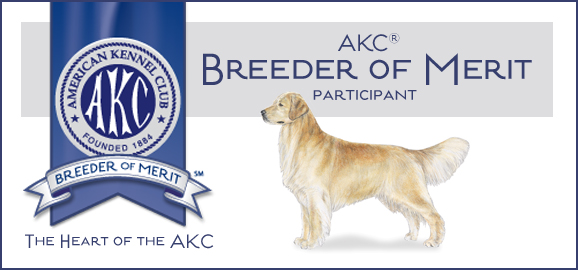Proofing is the process whereby we prove to ourselves and to the dog that the dog has clear understanding as to how to perform a behavior even in difficult situations.
There are two major methods of proofing. We only use one of them. I want to discuss the method we do not use first and talk about why we don’t use it.
How We Don’t Use Proofing
Many trainers will set dogs up for failure when proofing so that they can show the dog all of the things that he is not supposed to do. The mindset behind this method of proofing is that as the dog considers all the things he should not do, he will better understand what he is supposed to do.
For example, a common means for proofing many exercises is to place a toy out in the ring that would tempt the dog to stop focusing on the handler and instead focus on or even go and get the toy.
When the dog looks away from the handler or goes to get the toy, the dog gets a correction. According to operant conditioning, this punishment will cause the behavior of looking away from the handler to be less likely to be repeated. Right?
Yes, that is correct. However, in addition to causing the looking away to happen less frequently, the dog is also going to loose some confidence in the work when he fails and is corrected. The dog is also going to loose some motivation to do the work.
How We Do Use Proofing
We prefer to proof the work in such a manner that we build confidence and motivation. We do that by proofing under threshold just like we train everything else.
We don’t put a toy out to tempt the dog to look away from it until we are relatively sure that the dog will be successful. Then when the toy is added to the picture and the dog ignores it, the dog’s success at maintaining focus on the job will be reinforced and the dog’s confidence and motivation will grow.
While proofing, we do not want the dog to actively focus on what he should not be doing. Our goal is for the dog to be so focused on what he should be doing that he doesn’t even notice all of the temptations around him. We want all of the distractions to fade in the dog’s mind into white noise.
Proofing is not directly for the dog’s benefit. It is for ours. We’re not proofing to show the dog what he doesn’t know. It is a test of our training. It shows us what the dog doesn’t know. The information we’re after is finding areas that need further training.
In our example with placing a toy in the work area, we would not place a toy in the area until we felt confident the dog would ignore it. If he did indeed ignore the toy, the dog would be reinforced for ignoring the toy.
If the dog completely lost focus or went and got the toy, we’d make the proofing easier. We’d move the toy further from the dog or we’d proof with a lower value toy that the dog wouldn’t be as tempted by. As the dog shows us his ability, we’d gradually move the toy closer or increase the value of the toy while at the same time keeping the difficulty of the proofing easy enough that the dog remains successful.
If the dog looses focus for a short moment and then re-engages with us, we’d reinforce the dog for re-focusing on us thereby building confidence in the dog that he is able to work with us in spite of distractions.

